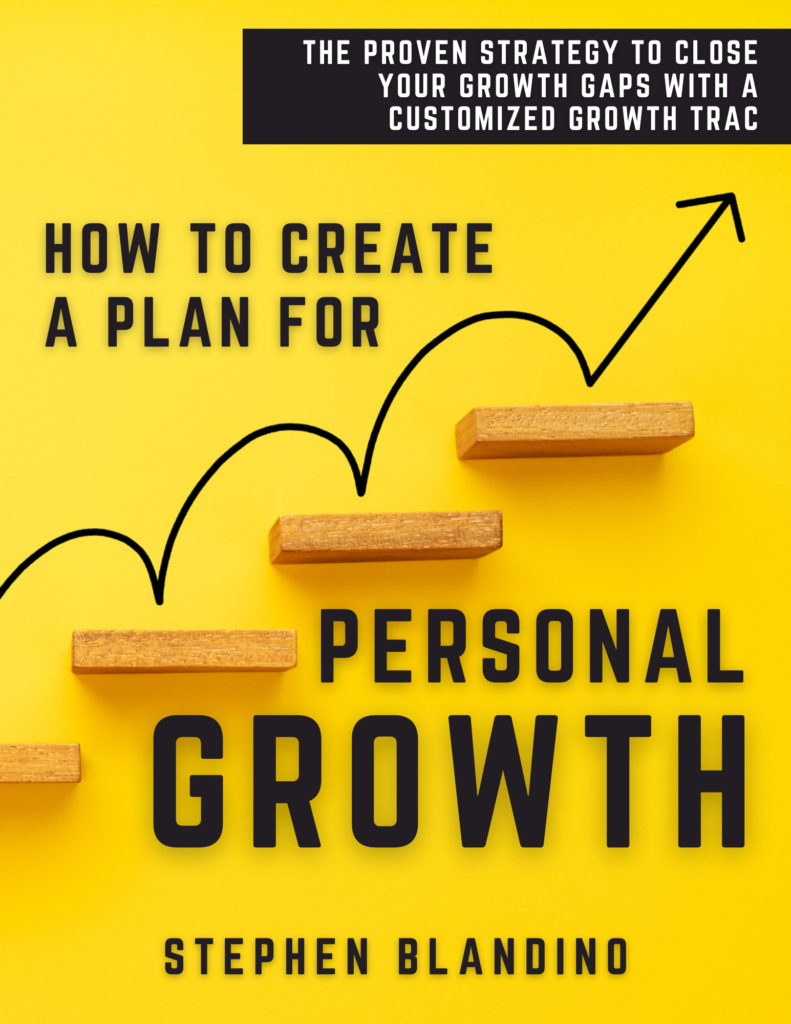Over the years I’ve asked myself, “How did Jesus grow?” In the Gospel of Luke, we find a very interesting passage of scripture that actually gives us a peak into Jesus’ personal growth journey. In fact, it’s the ONLY place in Scripture where we get a picture of what happened between the time Jesus was born and the time he started his public ministry. Let me set the stage.

After Jesus was born, and after Joseph and Mary fulfilled their sacred duties according to the Law, they returned to the city of Nazareth. Beginning in Luke 2:40 (and through the remainder of the chapter), we see four dimensions of Jesus’ growth.
1. Jesus had a Posture of Growth
Luke 2:40 says, “There Jesus grew up, maturing in physical strength and increasing in wisdom, and the grace of God rested on Him.” Verse 52 says, “And Jesus kept on growing—in wisdom, in physical stature, in favor with God, and in favor with others.”
Notice the “ing” in Jesus’ growth. It’s a present perfect progressive tense, describing an action with past, present, and future implications. He WAS, IS, and WILL mature, increase, and grow. Jesus exhibits an active posture of continual growth.
When you don’t embrace a posture of growth, you simultaneously eliminate the benefits of growth. If you’re not careful, you’ll become irrelevant to the world around you. As Eric Hoffer once observed:
“In times of change, learners inherit the earth, while the learned find themselves beautifully equipped to deal with a world that no longer exists.”
Don’t let that happen to you. When what you learned no longer works, what you learned may be your greatest liability. It may be time to unlearn what you’ve learned so you can learn something new. As UCLA coaching legend John Wooden observed, “It’s what you learn after you know it all that counts.”
A posture of growth doesn’t have an expiration date. Too many people graduate learning when they graduate school. Author and pastor Andy Stanley makes a poignant observation with special application for young leaders:
“In the early years of your career, what you learn is far more important than what you earn. In most cases, what you learn early on will determine what you earn later on.”
A lifelong posture of personal growth is committed to learning, growing, and expanding right up to the end of life. It’s the pre-requisite for a lifetime of maximum contribution.
2. Jesus Prioritized His Areas of Growth
Luke 2:52 says, “And Jesus kept on growing—in wisdom, in physical stature, in favor with God, and in favor with others.” Notice the four areas in which Jesus grew:
- Mentally (wisdom)
- Physically (stature)
- Spiritually (favor with God)
- Socially (favor with others)
This is a good reminder that our growth must reach into the critical areas of life. If you grow mentally but ignore your physical growth, your life may have an early expiration date. If you grow socially but neglect your relationship with God, you’re walking on thin ice.
3. Jesus Embraced Practices for Growth
Luke 2:46-47 says, “After three days of separation, they finally found Him—sitting among a group of religious teachers in the temple—asking them questions, listening to their answers. Everyone was surprised and impressed that a 12-year-old boy could have such deep understanding and could answer questions with such wisdom.”
I want you to notice something about these two verses:
- Jesus had a place to grow (the temple)
- Jesus had people to grow (the religious teachers)
- Jesus had a process to grow (questions and listening)
Sometimes the reason we fail to grow is because we haven’t placed ourselves in a growth environment. If you’re always the smartest person in the room, one day you’ll no longer be the smartest person in the room. Put yourself in environments where you’re asking questions rather than giving answers. When you surround yourself with growing people, you improve the speed and direction of your life. Doug Larson observed, “Wisdom is the reward you get for a lifetime of listening when you would have preferred to talk.”
Author Zig Ziglar used to talk about “the automobile university” for years. While serving as a visiting scholar at the University of Southern California for two years, Ziglar learned of a study indicating the growth potential you can realize while driving. USC discovered that people living in a metropolitan area who drive a minimum of 12,000 miles per year could acquire the equivalent of two years of college education in just three years, simply by turning their car into an educational environment. That’s the power of turning drive time into growth time.
John Maxwell observes, “The secret to your success is determined by your daily agenda…You cannot change your life until you change something you do every day.” If you’re looking for a place to get started, consider the five practices of personal growth.

GET FREE ACCESS TO…
HOW TO CREATE A PLAN FOR PERSONAL GROWTH
Discover how to close the gap between you and your dreams by creating a customized personal growth TRAC. This proven four-step process will not only help you reach your potential, but it will equip you with a tool to help your team maximize personal and professional growth.
4. Jesus Knew the Purpose of His Growth
While Jesus is asking questions and listening in the temple, his parents show up. Look at how his mom replies: “Son, why have You treated us this way? Listen, Your father and I have been sick with worry for the last three days, wondering where You were, looking everywhere for You. Jesus: 49 Why did you need to look for Me? Didn’t you know that I must be working for My Father? Neither Mary nor Joseph really understood what He meant by this” (Luke 2:48b-50).
This entire passage of Scripture (Luke 2:40-52) is a picture of Jesus’ growth. The hinge in the middle of this passage is verse 49 where Jesus leans into His purpose. At the core of Jesus’s growth was an understanding of His purpose in life. Jesus knew that his growth was ultimately preparation for the fulfillment of His mission. But when did so much of Jesus’ growth occur? In the years when Scripture is predominantly silent on his life.
We have lots of details about Jesus’ birth, and we have great detail about His ministry, death, and resurrection. But the 30 years between his birth and his public ministry are almost silent. All we know about those years is what we read in Luke 2. That’s where we discover Jesus growing toward His purpose. Personal growth in the hidden years is what God uses to prepare you for the public years.
Don’t lose sight of God’s purpose for your life when it doesn’t seem like things are going as fast as you think they should. Keep your eye on your purpose, and keep growing toward your purpose. Jesus was intentional about His growth so He could be impactful with His purpose.
Question: Which of the four dimensions of Jesus’ growth do you need to bring into clearer focus in your life?






